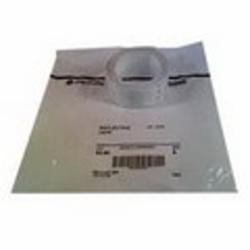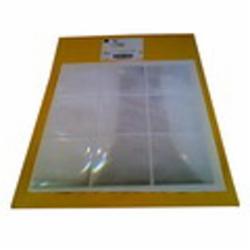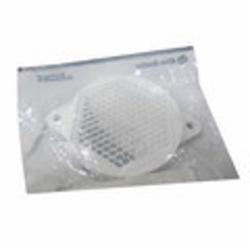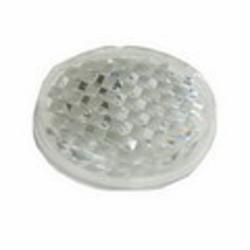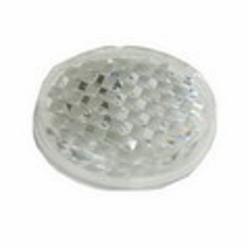Industrial Proximity Sensors
Proximity sensors are highly versatile devices that companies across numerous industries use to streamline their object-detection applications. Many types of proximity sensors have gained prominence in the industrial world, offering a broad array of benefits to these companies — and they can do the same for you.
At Global Electronic Services, we carry dozens of proximity sensors optimized for performance dependability.
-
 Allen-Bradley
Allen-BradleyAllen-Bradley Photo Sensors 92-97 Reflective Tape With Adhesive Backing
- Model #:
- 92-97
- Part #:
- 92-97
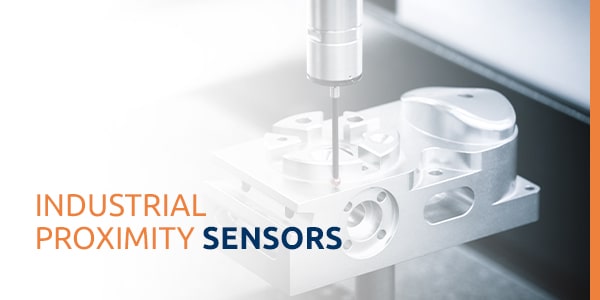
What Are Proximity Sensors?
Industrial proximity sensors are devices designed to detect the presence, movement or position of objects and transmit that information into an electrical signal. To avoid limiting the object’s movement or causing abrasion or damage, these technologies perform sensing processes without making physical contact with the object.
There are many common types of proximity sensors that you can use depending on your application needs. For example, some industrial sensors are built solely to target ferrous metals, while others are wider-reaching in their abilities, proving useful for all metals, different objects and even human beings.
Inductive
Inductive proximity sensors are contactless devices designed to recognize conductive objects, or metals. These industrial sensors operate based on the law of induction.
Using this principle, the sensors function with a high-frequency magnetic field generated by a coil within an oscillation circuit, which acts with the approaching metallic object to generate an opposing magnetic field, reducing the sensor’s inductance. With this inductance change, the circuit will trigger the inductive proximity sensor’s output switch.
Capacitive
Capacitive sensors can detect metallic and non-metallic objects in numerous forms, including solids, liquids, powders and granulates. As their name indicates, capacitive proximity sensors function by identifying changes in capacitance.
These devices operate using a closed-field circuit comprising a ring oscillator with symmetrical plates that work together to create an oscillating displacement current. When an object enters the sensor’s electrostatic field, the capacitance in the internal and external plates increases, generating an oscillator amplitude gain that activates the output switch.
Ultrasonic
Ultrasonic proximity sensors enable users to determine accurate distance readings for large objects ranging from approximately 2 centimeters (cm) to 5 meters (m). These devices broadcast pulses of ultrasonic sound waves to the nearby object, which then bounce back to the sensor, enabling it to evaluate the returning signal’s echo and measure its proximity.
Magnetic
Also known as Hall Effect sensors, magnetic proximity sensors operate based on the principle of magnetic phenomena, meaning they’re triggered by magnets. Magnetic sensors are used to measure the speed and position of moving metal objects using digital or analog outputs. When a conductor transmitting a current enters the magnetic field, the sensor will generate a Hall voltage perpendicular to the current and field.
Photoelectric
Photoelectric sensors detect light variations to determine the presence or absence of electromagnetic radiation. There are two common types of photoelectric proximity sensors — reflective and through-beam. Reflective sensors emit a light beam that collides with the present object and bounces back to the detector. Through-beam sensors also use a light-emitting source to detect radiation, but they employ a separate receiver or detector as well.
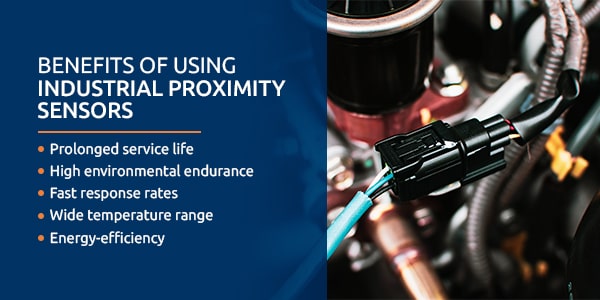
Benefits of Using Industrial Proximity Sensors
With so many different types of proximity sensors with varying operating principles and uses, these devices offer many advantages to their users. Some of the benefits of using industrial proximity sensors in your facility include:
- – Prolonged service life: Because proximity sensors employ semiconductor outputs to detect objects, they don’t rely on moving parts, resulting in longer service life.
- – High environmental endurance: You can use industrial proximity sensors in harsh locations involving elements like water, dirt and oil without experiencing adverse effects.
- – Fast response rates: Unlike switches that require contact for object detection, proximity sensors exhibit higher-speed response rates due to their contactless operation.
- – Wide temperature range: Proximity sensors can withstand extreme operating temperatures.
- – Energy-efficiency: When you invest in an industrial proximity sensor, you’ll experience exceptional power conservation, resulting in significant energy savings for your company.
Uses for Industrial Proximity Sensors
Proximity sensors are equipped to take on numerous industrial applications with efficiency and precision. Due to their high operational versatility and technological variety, these devices are used in equipment across several industries, such as mobile phones, aircraft and automotive vehicles.
Standard applications of industrial proximity sensors include:
- – Measuring the distance between robotic welding torch heads and work surfaces
- – Identifying surface abnormalities in machined parts
- – Screening bearing-assembly procedures
- – Determining metal plate thickness in manufacturing operations
- – Discerning liquid levels
- – Estimating angular speeds
Common Problems Associated With Proximity Sensors
Like all industrial equipment, proximity sensors are prone to occasional malfunction. If you’re thinking about investing in an industrial proximity sensor, you should be aware of the operational issues that may occur with these devices, what causes them and how to correct them:
- – A timeout alarm sounds or a positioning error occurs: These symptoms may be caused by poor connection or electrical, noise or signal interference. If you experience these issues, try rerouting the cable away from other high-power sources or clean and reseat the connectors to eliminate contamination.
- – The axis zero return margin is too small: In this case, your axis offset parameter may not be in the proper position. You may also be experiencing a false sensor trip resulting from issues with the home sensor or chip. To solve these issues, try checking for metal chips and damaged cables or reset the axis grid offset parameter.
- – The diagnostic bit remains in the same state: If the diagnostic bit doesn’t change state, there may be metal pieces on the sensor, which you can easily clean off the sensor’s face. There may be an issue with the gap between the trip flag and sensor face, in which case you can realign the components. You may also have to troubleshoot the sensor cables.
- – An axis servo error occurs: This error is another situation where there may be metal particles on the face of the proximity sensor, causing the axis to move in the wrong direction and stop functioning. Simply remove the metal pieces from the sensor to correct the servo error.
Why Does Mutual Interference Occur in Proximity Sensors?
If you use multiple proximity sensors at once, they can generate oscillating frequencies that run too close together. When this action occurs, the oscillation widths interfere with one another, resulting in chattering or malfunction.
You can minimize the risk of mutual interference by investing in sensors with varying frequencies to keep oscillating waves from converging.
Invest in Proximity Sensors for Your Industrial Facility at Global Electronic Services
If you want to purchase high-performing industrial proximity sensors for your facility, Global Electronic Services has the solutions that will serve you. All of our products come with an 18-month service warranty, along with 24/7 access to our expert customer service team. Request a quote on one of our proximity sensors today!
